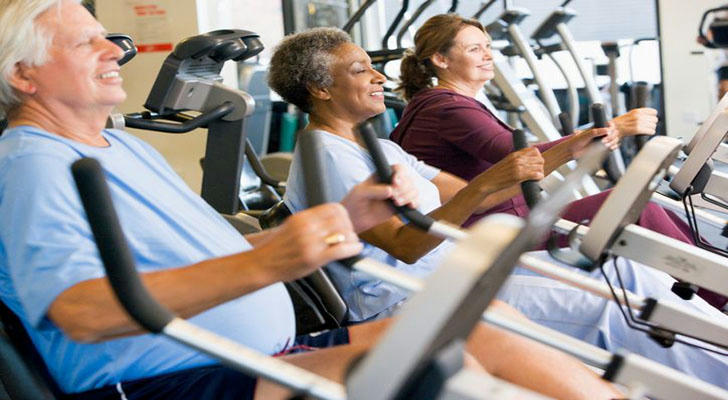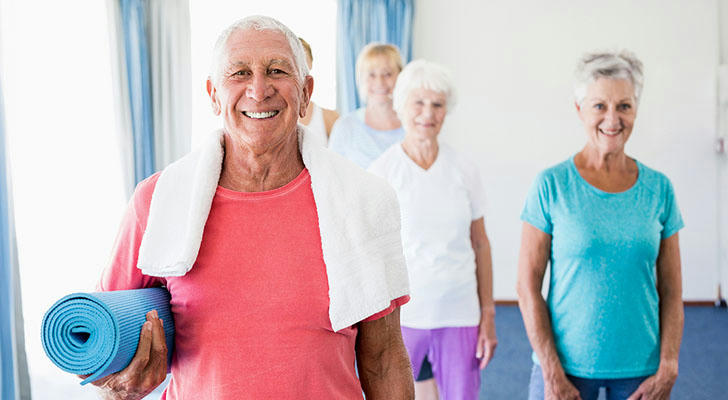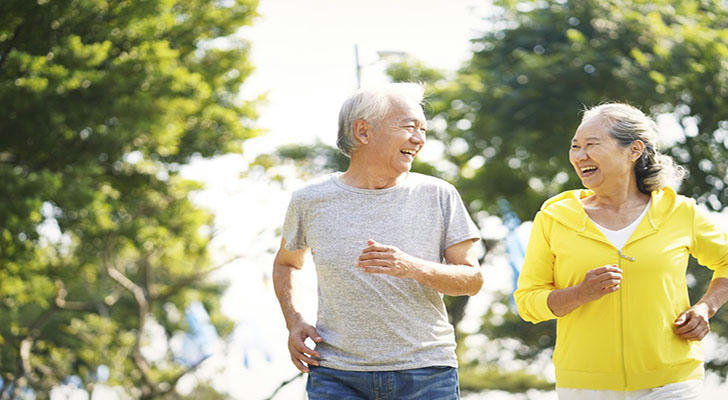The Importance of Exercise for the Elderly: A Comprehensive Guide

As people age, maintaining physical health becomes increasingly crucial. Regular exercise not only helps to enhance physical fitness but also plays a vital role in improving mental well-being and overall quality of life. This article explores the benefits of exercise for seniors, suitable types of workouts, and a real-life case study that illustrates the positive impact of physical activity on older adults.

Benefits of Exercise for Seniors
1.Improved Cardiovascular Health: Regular aerobic exercise strengthens the heart and improves circulation, reducing the risk of heart disease and hypertension.
2.Enhanced Muscle Strength: Resistance training helps to build muscle mass, which naturally declines with age. This can prevent falls and improve mobility.
3.Better Balance and Coordination: Activities such as tai chi or yoga enhance balance, significantly lowering the risk of falls—a common concern among older adults.
4.Mental Health Benefits: Exercise releases endorphins, which can alleviate symptoms of depression and anxiety, contributing to better mental health.
5.Increased Flexibility: Stretching exercises improve flexibility, helping seniors maintain their range of motion and reducing stiffness.
Recommended Types of Exercise
1.Aerobic Exercises: These include walking, swimming, cycling, and dancing. The goal is to engage in moderate-intensity aerobic activity for at least 150 minutes per week.
2.Strength Training: Utilizing resistance bands or light weights can help improve muscle strength. Exercises like seated leg lifts or wall push-ups are excellent for beginners.
3.Balance Exercises: Simple activities such as standing on one foot or practicing tai chi can greatly enhance stability.
4.Flexibility Exercises: Stretching routines should be included at least twice a week to maintain joint health and prevent injuries.
Real-Life Case Study: Mr. Tanaka's Journey
Mr. Tanaka, a 72-year-old retired schoolteacher from Tokyo, Japan, serves as an inspiring example of how exercise can transform the lives of seniors. After retiring, Mr. Tanaka found himself becoming increasingly sedentary, which led to weight gain and feelings of lethargy.
Recognizing the need for change, he joined a local community center that offered various exercise classes tailored for seniors. Initially hesitant, Mr. Tanaka started with gentle yoga classes that focused on stretching and balance exercises. Over time, he gradually incorporated more aerobic activities like brisk walking and swimming into his routine.
After six months of consistent exercise, Mr. Tanaka experienced remarkable improvements:
• He lost 15 pounds and reported increased energy levels.
• His blood pressure decreased significantly, reducing his reliance on medication.
• He developed a newfound sense of community by participating in group classes, which also helped combat feelings of loneliness.
Mr. Tanaka's story highlights not only the physical benefits of exercise but also its positive impact on mental health and social well-being.

Guidelines for Safe Exercise
While exercise is beneficial for seniors, it is essential to approach it safely:
Consult a Doctor: Before starting any new exercise program, seniors should consult with their healthcare provider to ensure it is safe based on their health conditions.
Start Slow: Begin with low-intensity exercises and gradually increase the duration and intensity as fitness levels improve.
Listen to Your Body: Pay attention to any signs of discomfort or pain during exercise. It is crucial to rest when needed and avoid pushing beyond limits.
Home-Based Exercise Options
For those who prefer exercising at home or face mobility challenges, there are several effective exercises:
Chair Exercises: Simple movements like seated leg lifts or arm raises can be performed while sitting down.
Wall Push-Ups: Standing a few feet away from a wall and pushing against it can strengthen the upper body without straining joints.
Calf Raises: Holding onto a chair for support, seniors can lift their heels off the ground to strengthen calf muscles.

Conclusion
Incorporating regular physical activity into daily life is vital for seniors to maintain their health and independence. The benefits extend beyond just physical improvements; they encompass mental well-being and social engagement as well. As demonstrated by Mr. Tanaka's journey, even small changes can lead to significant transformations in health and happiness.
As we continue to promote healthy aging, it is essential to encourage older adults to find enjoyable activities that suit their abilities and interests. By fostering an active lifestyle, we can help ensure that seniors lead fulfilling lives filled with vitality and joy.
Summary
Exercise is not just about maintaining physical fitness; it's about enhancing overall quality of life for older adults. With proper guidance and encouragement, seniors can embrace an active lifestyle that brings numerous benefits—both physically and mentally—leading to healthier aging experiences.
